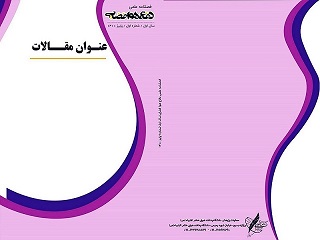Document Type : Original Article
Authors
Department of Mechanical Engineering, Air Defense University, Tehran, Iran
Abstract
In this study, the numerical investigation is carried out for fin heat transfer used in internal combustion engines in drones, cars, and motorcycles, while the geometry, configuration, cooling flow regime, and priority of using each of them was studied at different conditions. Also, introduction of geometry, boundary condition and meshing was done by GAMBIT and the numerical solution was done by FLUENT while the K-ω was preferred turbulent model. It found that the heat transfer of singular and group fins was dependent on the flow behavior on the surface and its penetration respectively. Also, the average heat transfer coefficient in convex parabolic fin against the laminar and turbulent flow was 336 and 45.24 percent more than rectangular and 82.8 and 9.4 percent more than triangular, respectively, while its volume was less than 88.77 and 77.55 percent in comparison with rectangular and triangular respectively. So this fin can be considered in the cooling of light equipment engines. Also, the results of material effects on parabolic fin heat transfer showed a change of conductivity could be effective only for tall fins.
Keywords
Main Subjects

